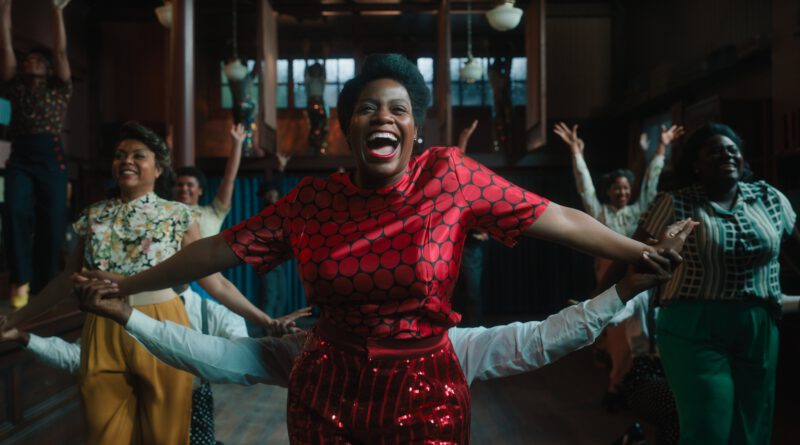‘The Color Purple’ review: Does this Broadway musical work on the big screen?
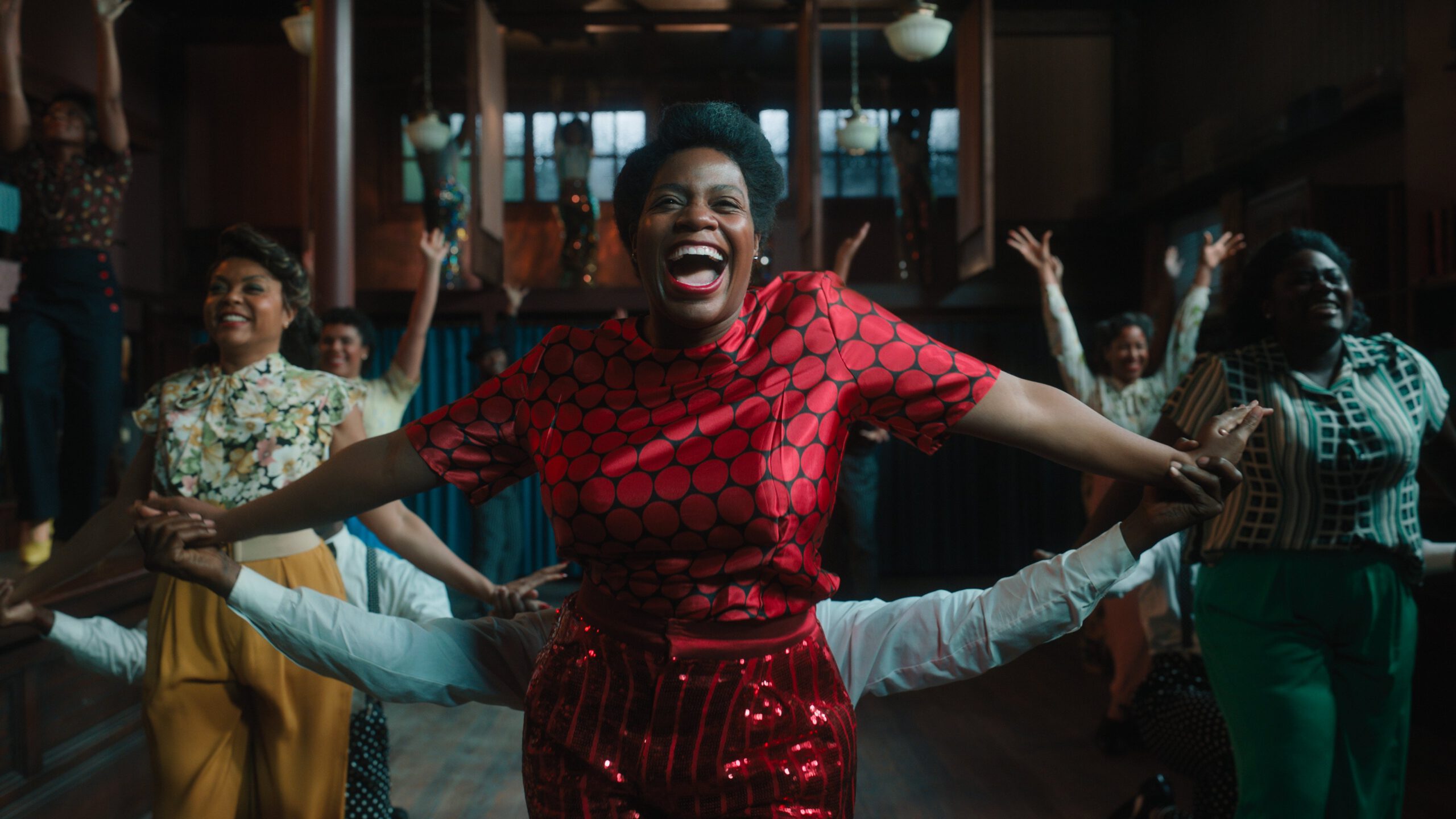
The Color Purple had a long road from Pulitzer Prize-winning novel to Academy-honored movie adaptation to Tony Award-winning musical, and back to the big screen. To understand director Blitz Bazawule’s vision, you have to step back to where it all began.
The Color Purple is essential reading. Alice Walker’s 1982 novel is a gorgeous, heartbreaking, and difficult story about Black women dealing with patriarchy and racism in Georgia during the early 1900s. Walker’s tender, emotional prose tells the story of Celie, a young Black woman who knows everything there is to know about pain. Abused, underestimated, and relegated to being a passive force in her own life, Celie survives by sheer force of will, hoping that life will eventually give her a break. By the climax, she more than earns her happy ending, even though it takes many years to get there.
Three years after the novel’s release, Steven Spielberg’s film adaptation of the same name earned critical acclaim, box office success, and 11 Academy Award nominations with a win for Whoopi Goldberg in the lead role. By this point in his career, Spielberg had only made films with white protagonists. He’d had done horror, science-fiction, action-adventure, and even comedy, but never anything quite like Walker’s painful Southern tale of families torn apart by patriarchy and racism. Goldberg, Danny Glover, and Oprah Winfrey — in her acting debut — were rightfully launched into mainstream stardom. Despite its white director, The Color Purple is considered a classic Black film and a glowing example of book-to-screen adaptation.
This time around, the director is a fresh face.
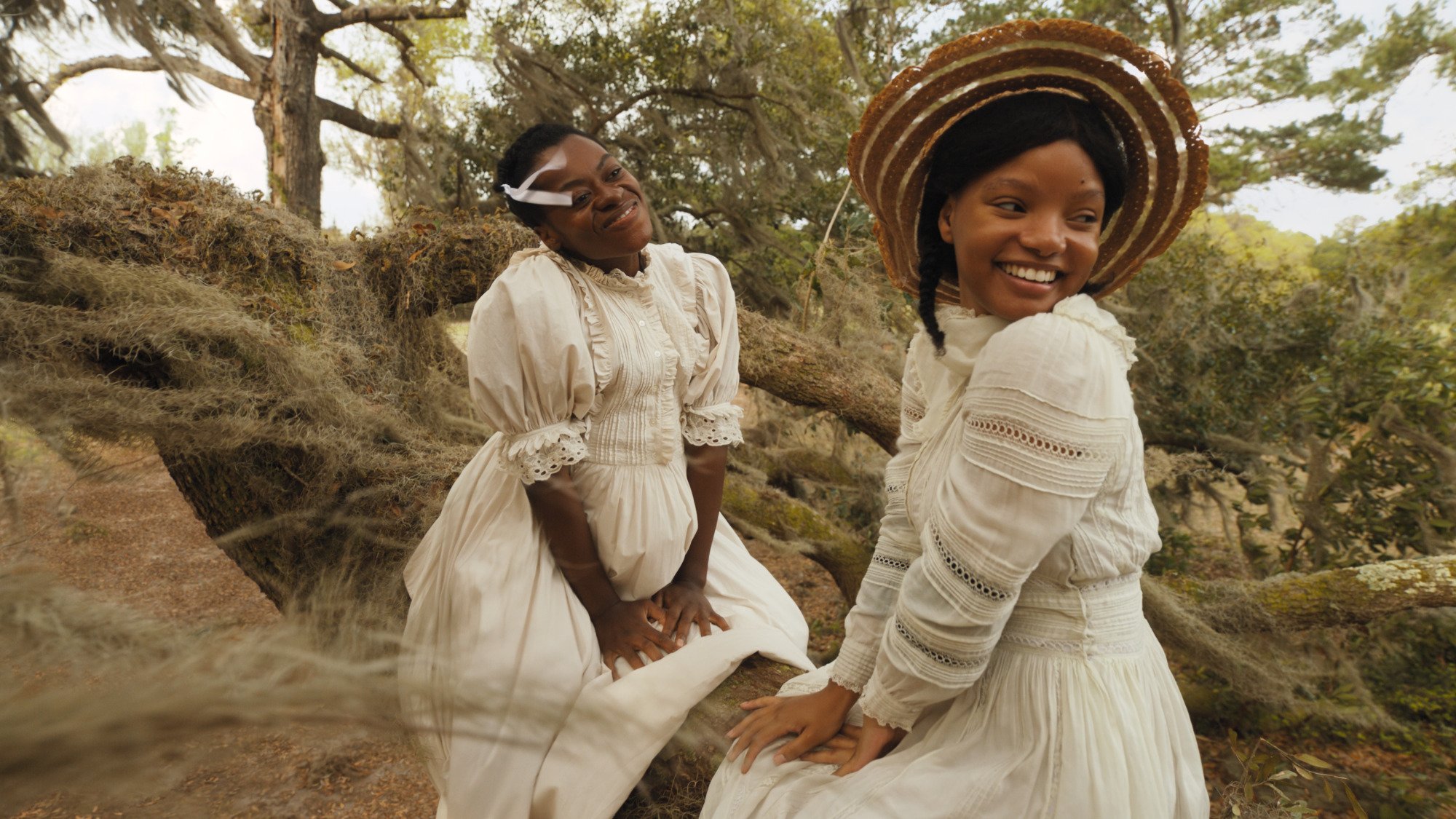
Those are big shoes to fill, so when it was first announced that The Color Purple would once again be put to the silver screen — and this time in its musical form — the question of who would direct has been hanging in the air. Marsha Norman’s Tony-winning The Color Purple musical has had two successful runs on Broadway, the first running from 2005 to 2008, then again from 2015 to 2017, the latter setting the wheels in motion for a fresh film adaptation. With Spielberg in a producing role this time, finally the chair was open for a Black director to tell this story.
Ghanaian director Blitz Bazawule was brought on to helm the film, fresh off his collaboration with Beyoncé on her Disney+ visual album Black Is King. With only one solo feature under his belt, The Color Purple is Bazawule’s big entrance to Hollywood.
Danielle Brooks and Taraji P. Henson are standouts in a great cast.
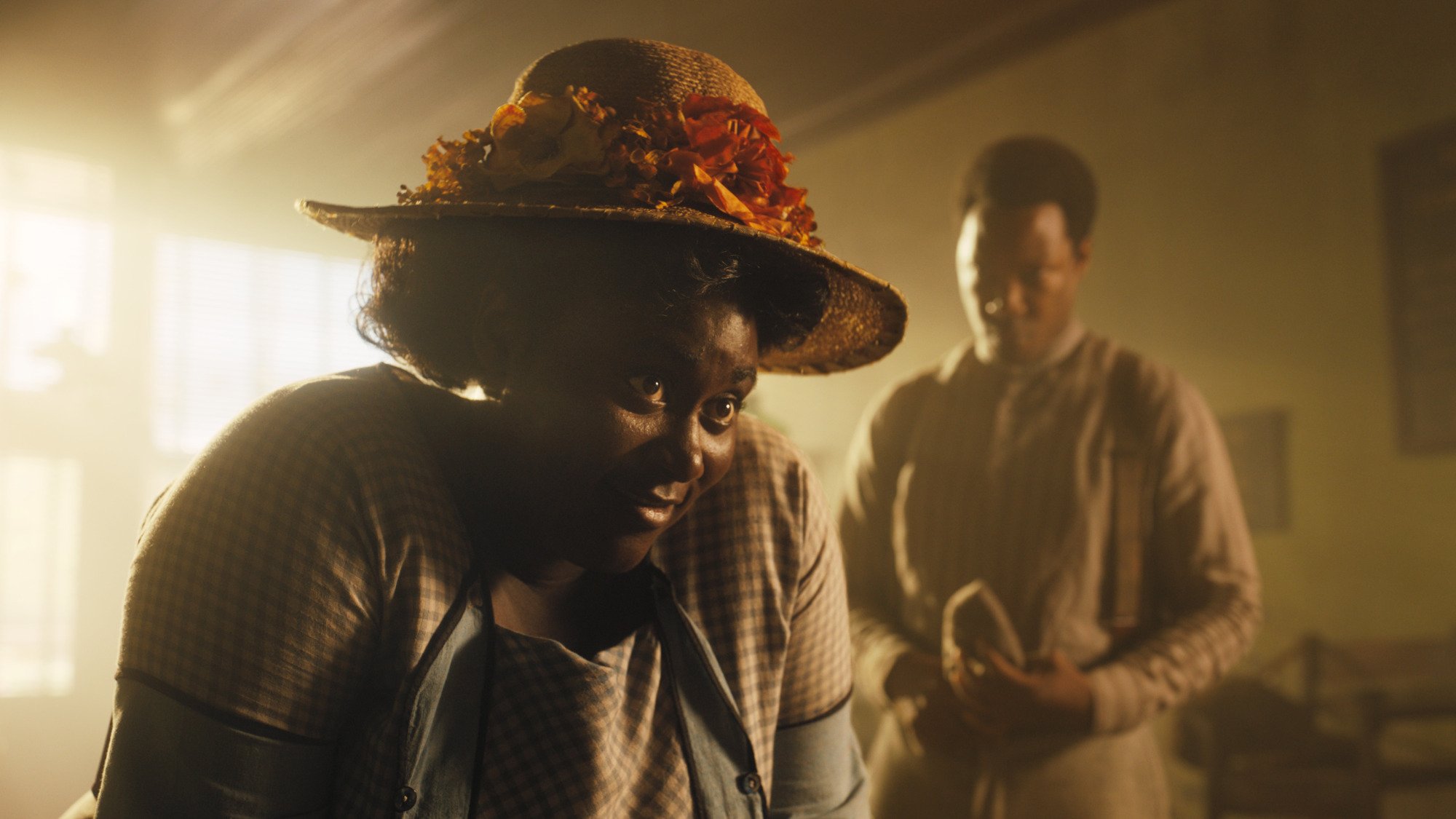
Bazawule’s version of The Color Purple still focuses on Celie, this time played by both newcomer Phylicia Pearl Mpasi and Fantasia Barrino in her biggest screen role. The film follows the character’s life from early adolescence to adulthood. Celie goes from living with her domineering father to being married to a man just like him; her marriage to Mister (Rustin star Colman Domingo) is filled with endless chores and isolation. Mister is commanding and prideful, directing all his insecurity and frustration with the world at the women and children around him. Having learned to create misery from his father (Louis Gossett Jr.), Mister passes down his domineering behavior to his son Harpo (Cory Hawkins), who becomes abusive toward his wife Sofia (Danielle Brooks).
Brooks has been a star since the first time she appeared as Taystee in Orange Is the New Black and she’s been a revelation ever since. Here, she steps right into Oprah’s shoes as Sofia and they fit perfectly. Reprising her role from the Broadway revival, her performance is fun, sexy, confident, and powerful.
Meanwhile, as jazz singer Shug Avery, Taraji P. Henson is The Color Purple‘s secret weapon. Though she dazzled on the small screen in Empire, this is the first film where Henson is given the space and focus to show the world just how well she can sing on the big screen. All of her numbers — from “What About Love?” to “The Color Purple” — are show-stoppers and she fills each scene with energy, kindness, and verve.
The Color Purple struggles against its serious tone.
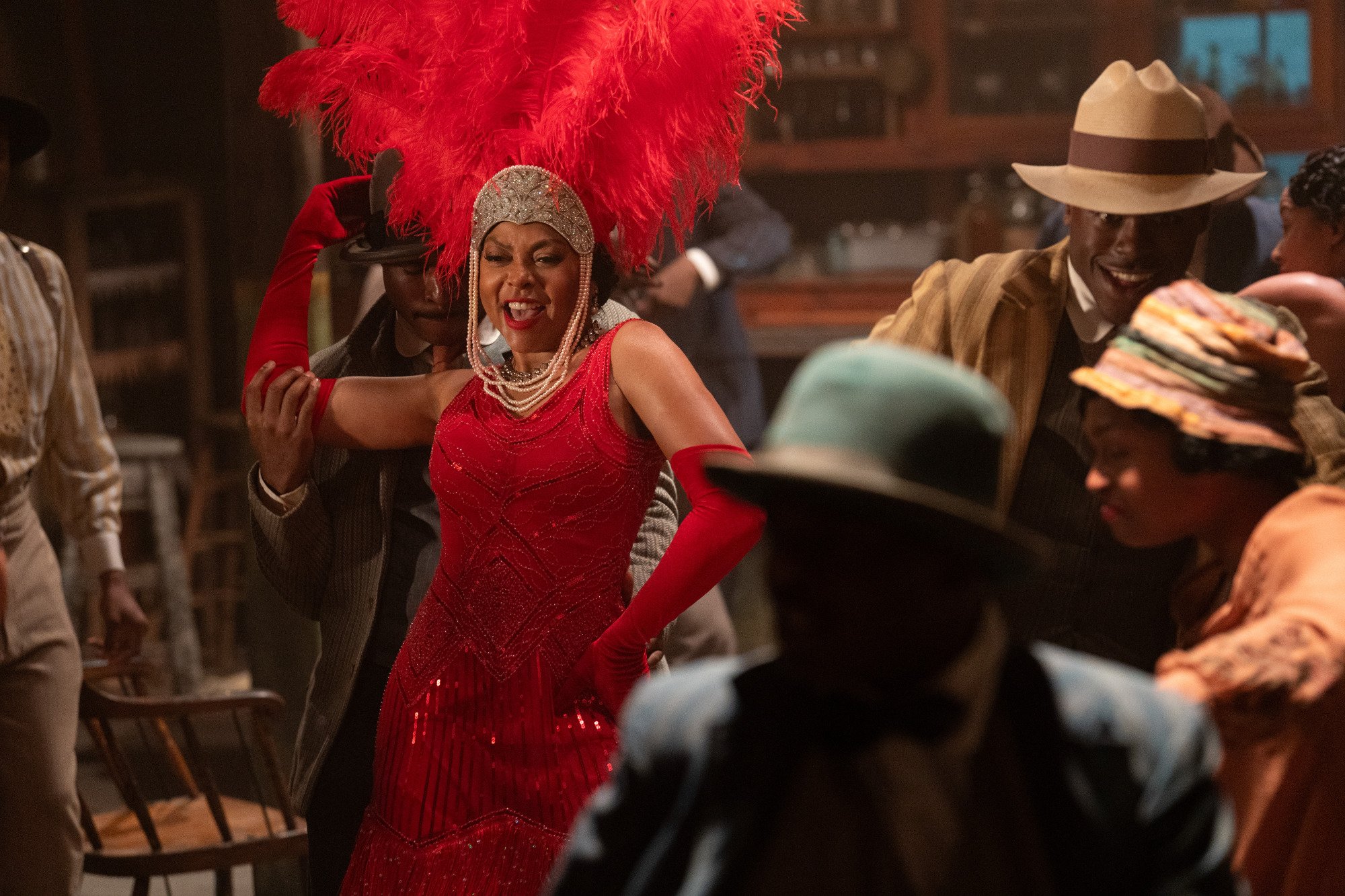
Despite all the talent involved, The Color Purple feels uneven. Musicals function differently on the big screen, especially if the story isn’t sung through. There has to be a balance between spoken scenes and musical numbers that creates a unified vision.
But the contrast between the joy and pure energy of the music and the somber content of the story doesn’t quite match up. Movie musicals are often difficult to get right, and Bazawule struggles to strike the right balance. Some scenes feel rushed to set up the requisite Broadway songs, while others begin too quickly after the songs have finished. This can leave dramatic emotional moments without the room to breathe that could allow them to really resonate.
This Color Purple has one big missed opportunity.
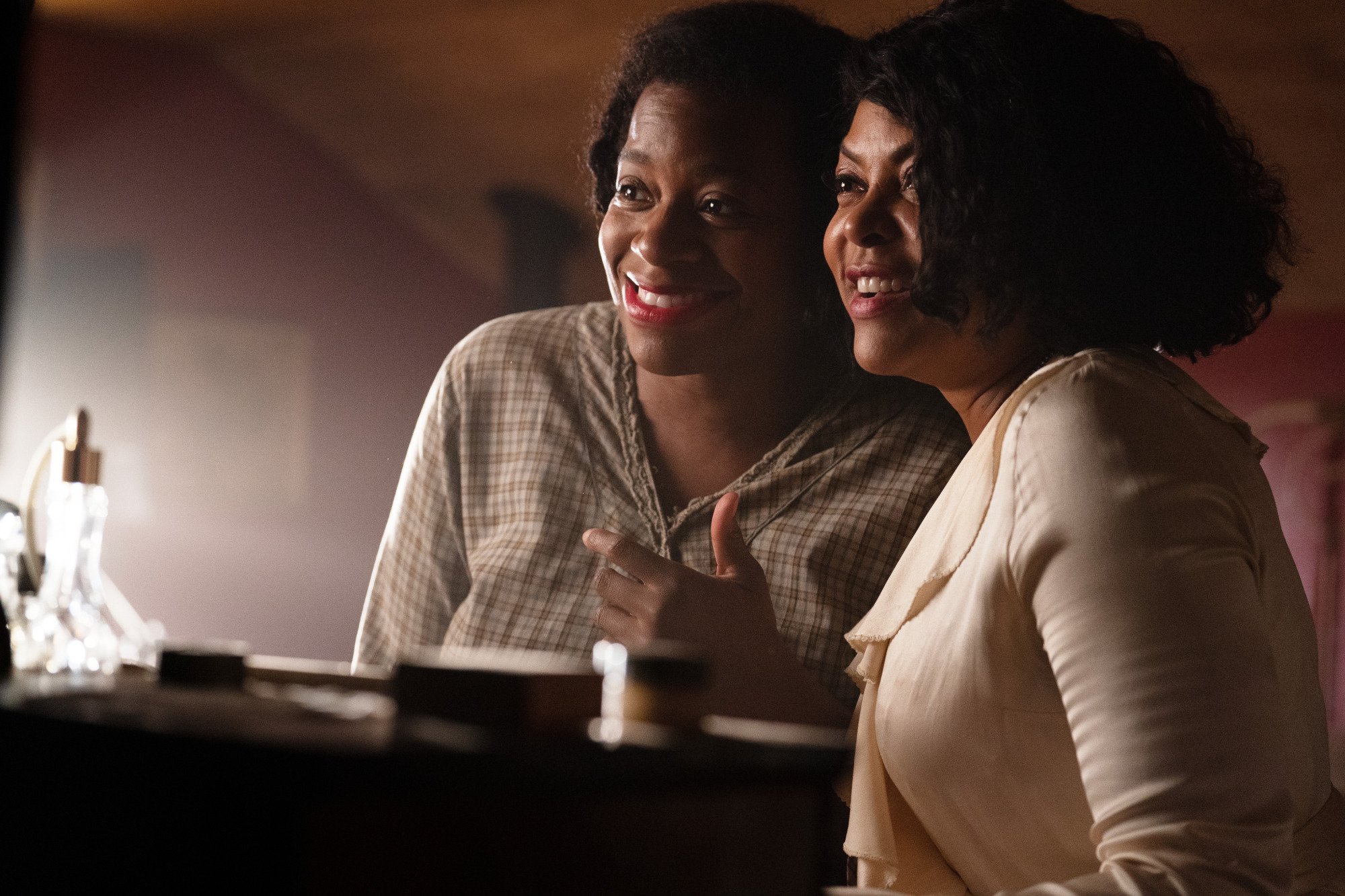
Much like the first movie adaptation, The Color Purple leaves out a very important part of the book: Celie and Shug’s queer relationship.
The flirtation is still there, and there’s chemistry between them, but none of it leads to anything close to the passion described in the book. Celie and Shug have a passionate, unconventional relationship not often depicted in Black historical fiction, especially during the time the novel was published. This new adaptation had an opportunity to explore that relationship in more detail, but it largely chooses instead to stick to the framework established by Spielberg’s lauded adaptation. Walker knew that Celie’s pleasure is just as important as her pain, and it’s frustrating that The Color Purple continues to relatively dim a huge part of her life and identity. So to see this aspect once more shunted to the fringes of the story is frustrating.
Perhaps another director like Dee Rees (Pariah, Mudbound) would have honored the queer spirit of the book more overtly. That could have attracted new, young readers to discover the fullness of Walker’s novel after they left the theater.
Overall, The Color Purple movie musical is a mixed bag. While there’s no denying the talent involved in The Color Purple, the pieces don’t all fit together. Still, it’s a joy to watch these actresses take on these legendary roles. The Color Purple is a classic story for a reason, and the spirit of its beauty still endures.
The Color Purple opens in theaters Dec. 25.
